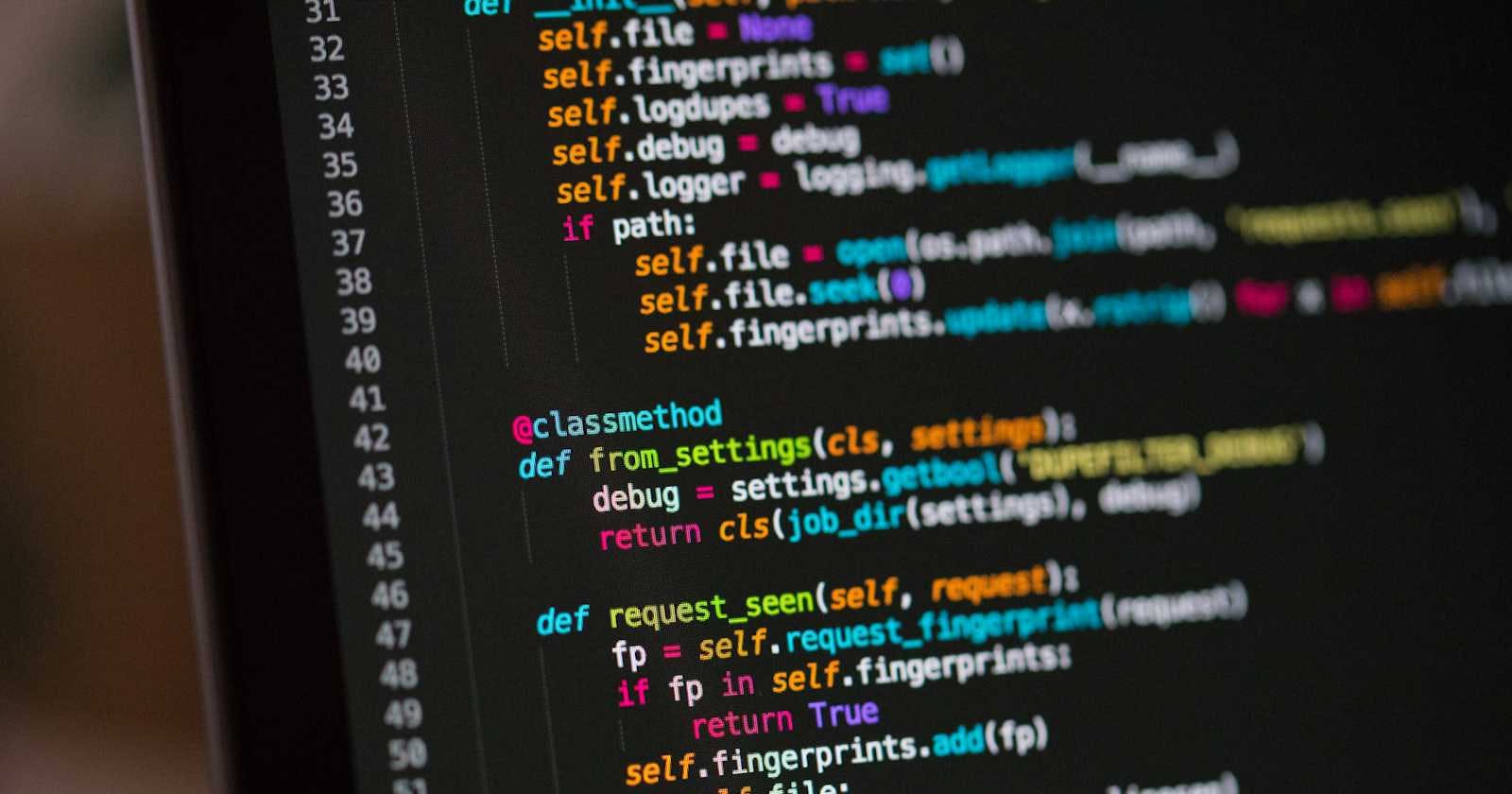On the 5th of March, I received an email stating that my initial application to Outreachy had been approved. Excitedly, I took to Twitter to share the good news. After three tries, I was finally accepted to move on to the contribution stage.
Outreachy is a remote program that provides internships in open source and open science. An exciting thing about outreachy is that it aims to help bridge the gap to people who are subjected to systemic bias and underrepresentation in the technical industry where they are living. Outreachy has two application phases, the initial application phase, and the contribution phase. After the contribution phase, successful interns are selected. And Outreachy is a paid internship.
After the initial euphoria, the next step was choosing a community to contribute to. I took a look at the community list on the outreachy website and their requirements for a project that I was suitably qualified to contribute to, and most importantly, one that I would enjoy contributing to. Choosing a project seemed overwhelming at first, but once I took my time to go over the list of projects and communities, I finally found the one for me, Humanitarian OpenStreetMap Team (HOTOSM).
Once I had made my decision, I took the necessary step of joining the community on slack. After introducing myself on the general channel, a fellow contributor nudged me towards the channel dedicated to Outreachy, where the majority of the action took place.
On the channel, we were warmly welcomed by our community manager, and mentors. For the specific project I wanted to work on, the mentor dropped a task that we were encouraged to work on during this contribution period. We were to contribute to the OSM-FIELDWORK project, and this task involved us using tools such as Git and GitHub, Python programming language, and a code editor, ie VSCode. I can’t state how much I appreciated the task description. The mentor provided detailed instructions on setting up our repository for the first time, and also the problem we were to work on and the results that were expected. Further down the line, he was also really helpful in providing solutions to system specific issues with installation and running the project locally. My fellow contributors and I were also very helpful in helping one another resolve problems encountered while working on the task.
One exciting event during this contribution period was the Q and A session organised for us new contributors to the project. A general overview of the work being done by HOSTOM was given and I was really happy to be a part of the community. Some of the work being done by HOTOSM includes supporting humanitarian responses to disasters by creating open source maps and data to respond to disasters and reach target communities, mobilising contributors to generate map data for development and humanitarian aid, developing user-friendly open source mapping tools which include the tasking manager for mapping and OpenAerialMap, HOTOSM is also involved in monitoring data quality and validating maps, partnering with organizations worldwide to co-create maps for impact, providing mentoring, internships, peer-training and skill sharing, as well as grantmaking for Open Mapping organizations and communities to address local changes.
Contributing to Open source is not restricted to only developers. You can contribute to open source by documenting, community engagement, updating data, testing and improving user experience and for a community like HOTSOM, you can become a contributor by mapping. To get involved in HOTSOM, and become a contributor as a developer, you may visit the github repository where you will find more useful information on contributing to HOTOSM and also find issues that you would like to work on. You may also make use of issue labels to find tags such as ‘good first issue’, which are usually beginner-friendly. As a non-developer interested in contributing to HOTOSM by mapping on the Tasking manager, you may consider following these steps.
Visit https://tasks.hotosm.org/ and signup.
After signing up, learn the basics of mapping using the tutorials on the Tasking Manager, https://tasks.hotosm.org/learn/map
You may begin mapping by selecting a project to contribute to.
You may also consider joining the community on slack, where you can connect with other mappers worldwide.
Thank you for reading about my contribution experience with the Humanitarian OpenStreetMap Team!


